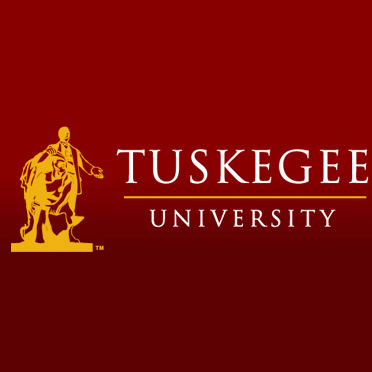 The state of Florida recently approved new standards and goals for educational success. But the state set different goals for different racial groups. By 2018, the state has set the goal that 88 percent of White students, 81 percent of Hispanic students, and 74 percent of African American students be at or above grade level reading standards. At the present time, 69 percent of Whites, 53 percent of Hispanics, and 38 percent of African Americans are at or exceed grade-level standards in reading.
The state of Florida recently approved new standards and goals for educational success. But the state set different goals for different racial groups. By 2018, the state has set the goal that 88 percent of White students, 81 percent of Hispanic students, and 74 percent of African American students be at or above grade level reading standards. At the present time, 69 percent of Whites, 53 percent of Hispanics, and 38 percent of African Americans are at or exceed grade-level standards in reading.
The long-term goal is to bring every student to grade-level reading standards by 2023.
Florida Commissioner of Education Pam Stewart told reporters, “The board determined that disaggregating the targets was important after examining current data that shows an unacceptable gap in achievement among demographic subgroups, a sobering reminder that too many students are being left behind. Nevertheless, the board did set higher expectations for the rate of growth in proficiency level for those subgroups with the lowest percentage of students currently performing at grade level.”
Patrick Franklin, the president of the Urban League of Palm Beach County, told the Fort Lauderdale Sun-Sentinel, “All children should be held to high standards and for them to say that for African Americans the goal is below other students is unacceptable.”











Seems like Florida is taking a business-like measurement approach to the racial education gap based on performance sectors. I see nothing wrong with that, as it is addressing a reality we all know. However, it seems like the Palm Beach Urban League is out of touch with this reality. But it isn’t surprising. The survival of any Urban League requires that these gaps remain. Perverse as it sounds, without socioeconomic and education racial gaps, there would be no reason for the existence of an Urban League.
Can you please expand upon your statement that FL is utilizing a “business-like measurement approach to [address] the racial education gap” and how this approach reflects holding all students to high standards? Measurement alone does not lead to change.
To set different goal scores for any race is totally inappropriate. The same goal score for each race is the only way you can say you are targeting trouble across the races. Not cool
Well said, Surfer. As a Florida educator, this is a reasonable goal by 2023 considering the current rate is half that at 38% for African American children. Educators work hard to close the achievement gap. Many factors play a role in this score. To set the goal at the same rate would significantly reduce the graduation rate for our children. Slow down and don’t rush to judge this figure unless you are working with our kids on a daily basis. Honestly, I fear the goal of 74%. Only time and continuous improvement in reading will see these figures rise.
I don’t see any mention of different goal scores. They are addressing the percentages of students who meet grade-level standards, and the expectations or goals for improvement are actually higher for the African American and Hispanic students. I have no problem with this at all.
I wonder what ever happened to this statement:
“I have a dream that my four little children will one day live in a nation where they will not be judged by the color of their skin, but by the content of their character.”
– Martin Luther King, Jr.
Only the liberals will keep US divided we fall, not united we stand. That is why we fail.
By segmenting out the students by race, this gives them an opportunity to address skill gaps and differences which may exist, and measure success, which would be impossible in a one-size, one-goal fits all approach.
It can also mean that additional resources will go to African American kids.
African American kids are expected to improve from 38% to 74%… an increase of 36%
Latinos from 53% to 81%… an increase of 28%
Whites from 69% to 88%… an increase of 19%.
I don’t see how setting a universal goal of 88% will help African American kids. They would not get specialized programs that address their needs. It would be a one-size fits all approach, which would most likely lead to more improvements for White kids, while AA kids show little improvement. Let’s see where this approach gets us. There may be different curricula which better serve the needs of AA kids and allow them to progress faster.